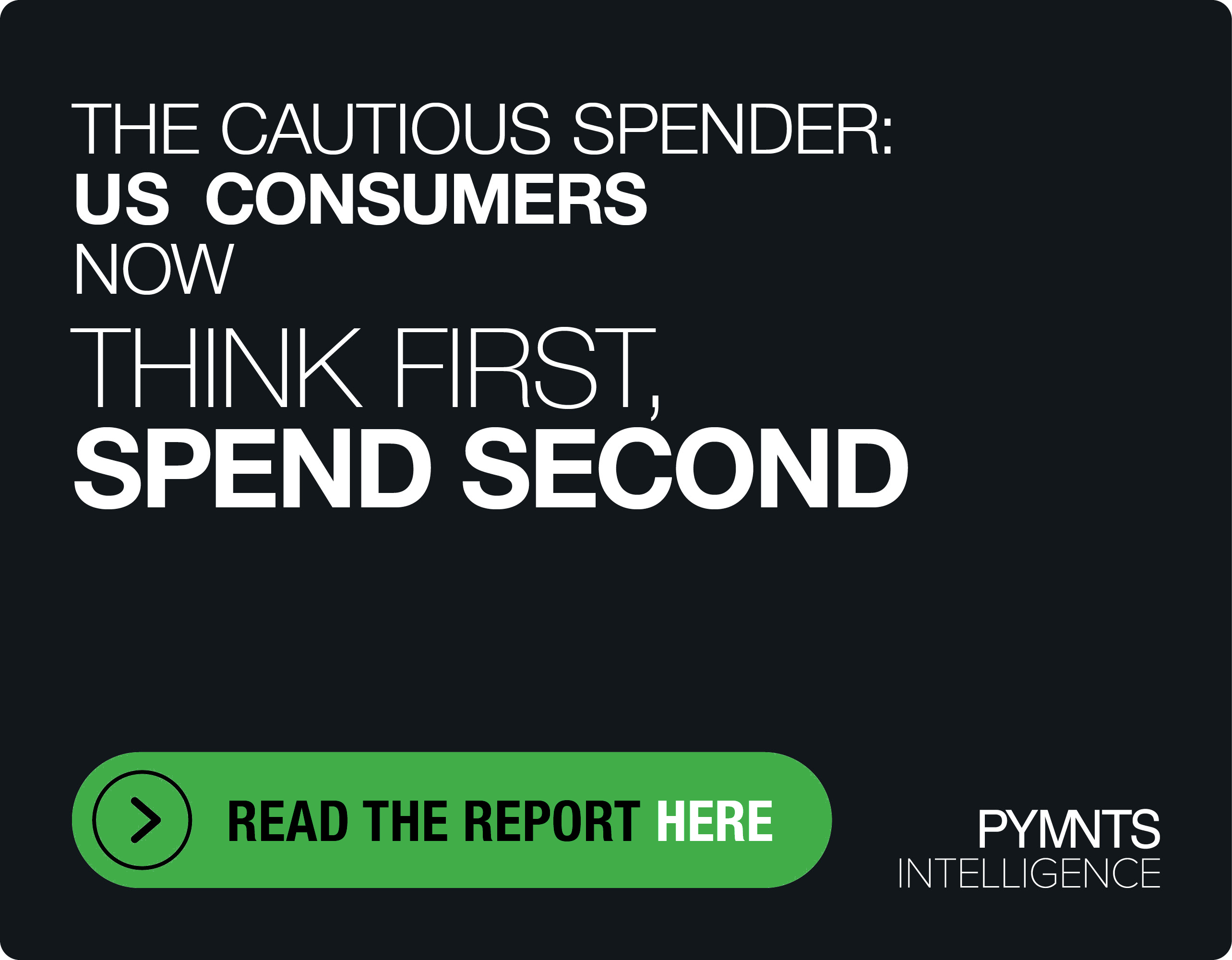Why 2021 Is The Year To Leave Cards Behind

Francesco Simoneschi, CEO of TrueLayer, believes that open banking payments will replace debit cards as the default method of payment in the next five years. Find out why in this excerpt from The Connected Economy’s Power Source – CEO Edition.
As more customers have turned to digital channels to manage every aspect of their lives, they have experienced a poor payments experience. The problem is cards, which weren’t designed for online and have been retrofitted into current online payment flows. Newer digital approaches, such as Google Pay or Apple Pay, paper over those cracks but don’t change the fundamentals. That’s why open banking payments will become the default way to pay online, replacing debit cards in the next five years.
Consumers Are Choosing Open Banking
The consumer benefits are simple: It doesn’t cost anything, but provides them with a lot more. Open banking removes the need to remember card details – biometric authentication on a mobile device provides instant and secure payment. There’s no need to update stored details if a card is lost, stolen or expired.
Speed of settlement is also a big issue. In many industries, slow payments are a long-standing source of frustration, complaints, bad reviews – and, ultimately, customer churn. Open banking payments settle instantly.
There are, of course, challenges in introducing a new payment method. However, our clients typically find that open banking payments reach 30 percent share of checkout within three months of launch (and some as high as 80 percent). Consumers paying this way also deposit 30 percent more in value and three times more often than those using other methods.
The adoption figures in the U.K. also support this trend. In mid-February 2021, the U.K. Open Banking Implementation Entity (OBIE) announced more than three million people and businesses are using open banking-enabled apps and services. At this rate of growth, 60 percent of the U.K. population will use open banking by September 2023.
The Revolution Will Be Led By Merchants
Open banking benefits merchants, too – and more and more of them are integrating open banking-powered payments into their checkouts. These payments typically convert 20 percent better than cards (and up to 40 percent with our flows) and have success rates higher than 95 percent, equating to millions or hundreds of millions in recovered revenue at the end of the year.
While fraud losses on card payments continue to hurt businesses, open banking payments are authenticated directly with the bank and biometrically with the payer, significantly reducing fraud and saving businesses around 0.5- 1 percent of revenues.
The introduction of strong customer authentication (SCA) adds another layer of friction to cards with workarounds that deliver a poorer customer experience. Some studies have suggested that the impact on conversion could see Europe’s online economy lose €57 billion. With open banking payments, strong authentication is seamless and integrated in the payments flow.
The New Standard For Online Payments
Open banking is digitally native and mobile-first. Bank-to-bank payments move money at a fraction of the cost, securely and conveniently, while also delivering a vastly better consumer experience.
It’s time to fundamentally change the way we make payments online – from cards to instant bank payments, powered by open banking.
